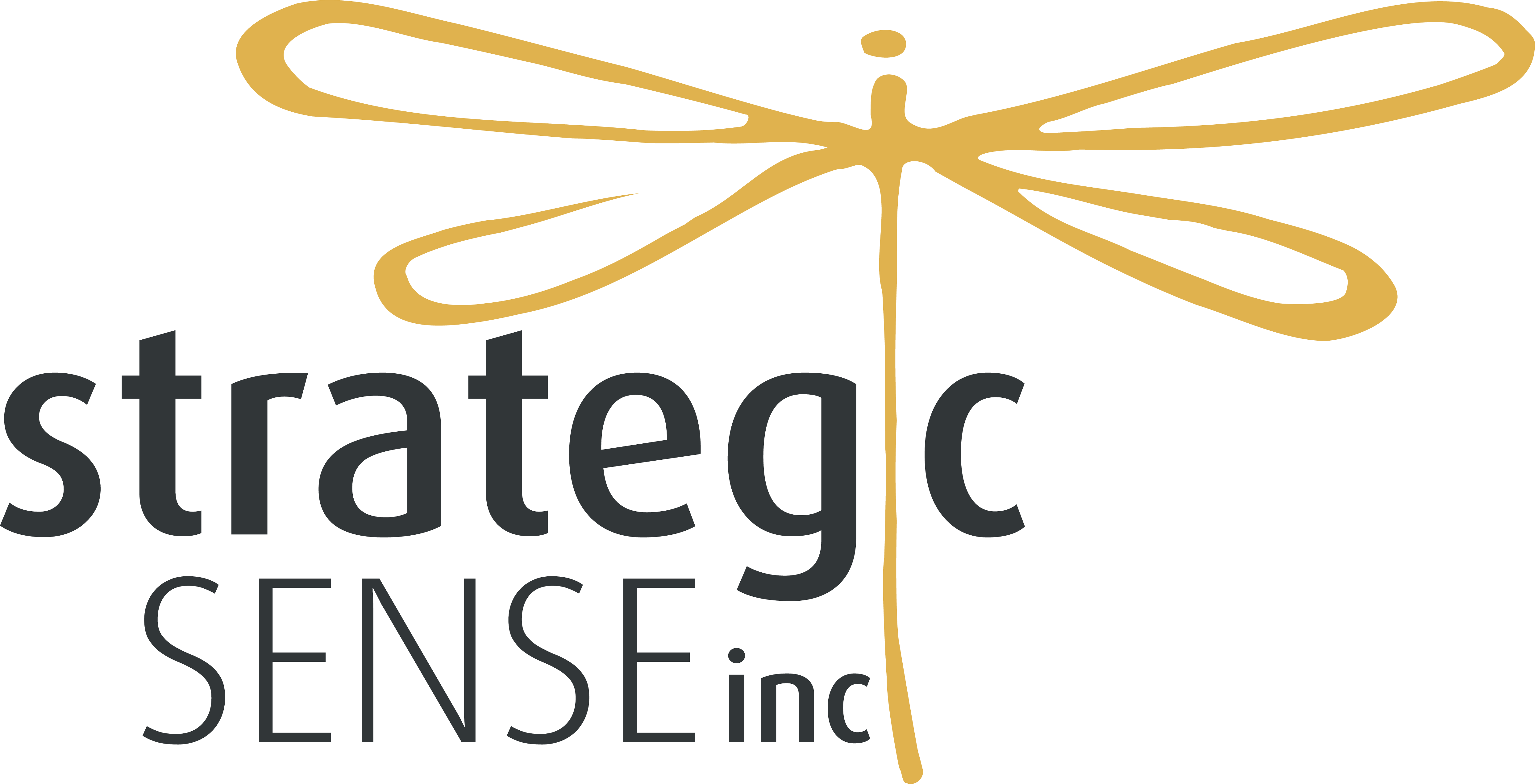 This is the first of a two-part series on observations and information gathered from meeting with clients and from performing workshops. Part 1 is a compilation of the emotion underlying the culture of many Information Technology (IT) department teams or members and/or common threads we hear across our customer base while performing our work. Part 2 provides ideas on what companies and IT departments can do about it.
This is the first of a two-part series on observations and information gathered from meeting with clients and from performing workshops. Part 1 is a compilation of the emotion underlying the culture of many Information Technology (IT) department teams or members and/or common threads we hear across our customer base while performing our work. Part 2 provides ideas on what companies and IT departments can do about it.
If you ask, you will hear it loud and clear…
“WE ARE FRUSTRATED!”
Many organizations have an ‘us and them’ attitude, approach, and even vernacular that puts IT into a position of being separate from ‘everything else’. Even working within IT we hear phrases such as;
We’ll roll that out to ‘the business’ or ‘the business’ has decided…
Yesterday’s Attitude
Somehow, IT holds a reputation from long ago for being a dark hole in the basement where techie stuff happened by a few folks who sit at desks that are stacked high with empty cola cans. Faceless, hard to understand, with eyes-glazed-over explanations, and their job is to take care of the desktops for the rest of us who actually ‘do the business’.
Today’s Reality
Wake up to 2018 and ‘the business’ could not be more wrong. Technology has evolved in capability and complexity such that the people who enable you to do your job are highly specialized and becoming the foundation of your business! From procurement, HR, Facilities, and Consumer Marketing – technical tools are becoming the foundational tools on which our businesses function. We MUST build the cross-functional intersects to make them work, and who is the base foundation for that? IT!
Here is where the frustration exists: We are still running our IT departments as we did in the 1990’s as well as budgeting projects as one-off and disconnected-from-the-business. For the purpose of simplicity, let’s use IT to describe the variety of technical functions in companies, IT, OT, IS, etc.
What are your people saying?
Some of the phrases we’ve heard over the last few years regarding frustrations in IT teams:
- We feel disenfranchised.
- IT walks in the room and resistance begins before we open our mouths.
- We’re living with a consistent lack of recognition.
- We do not feel valued by ‘the business’.
- Facing a constant lack of faith that we will ever ‘come through’ for our internal clients.
- Daily negativity is something we face and smile through.
- No one tells us anything.
- Are we even valued?
- There is no career path.
Whew, how exhausting that must be – so the department that is responsible for the underlying foundational technology on which business is run is frustrated! So, what, then, are the results?
Fear, Anger, Effort
Let’s unpack that…
Fear:
- Increased analytics, automation, and artificial intelligence, “My job is going away.”
- Lack of training in IT for emerging technologies, “I will no longer hold the same value I once did.”
- Toss it over the fence, “They don’t include me in the project, now I have to support it with no information.”
Anger:
- Isolated project teams or ‘secret’ projects, “I have no voice or impact.”
- Top-down directives, “Did they even understand how the technology worked before they selected how it’s implemented?”
- Assigned to a project, but must keep doing their ‘day job’, “I am busting 14 hour days and I still can’t keep up.”
- Conflicting messages; “No vision for this project, just three different leaders all asking me to do 3 different things.”
Effort
In spite of the emotional toll it takes to work within IT, the people in your technical department love technology. Your people have an aptitude for solving complex problems and they care about the outcomes. Your IT department continues to make strides and efforts toward supporting the company under significant constraints.
When you walk up to the service desk in your company, it makes you far more appreciative of that smile, now, doesn’t it?
There are a lot of good things happening in IT departments, by a lot of good people, this article highlights the common challenges. What’s important to understand is that productivity, efficiency, and dollars increase in companies where they recognize and address constraints and challenges. Denial gets you nowhere.
So, what do we do about it? How do we bring IT out of the 1990’s so we are not just living a slightly better yesterday, but are functioning within a far better tomorrow?
Stay tuned for “Frustration in your IT dept. Part 2” – next week – where we will discuss department structure, cross-functional collaboration, and leadership mindset.
